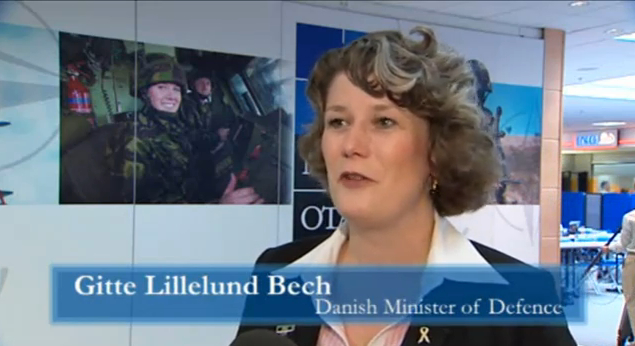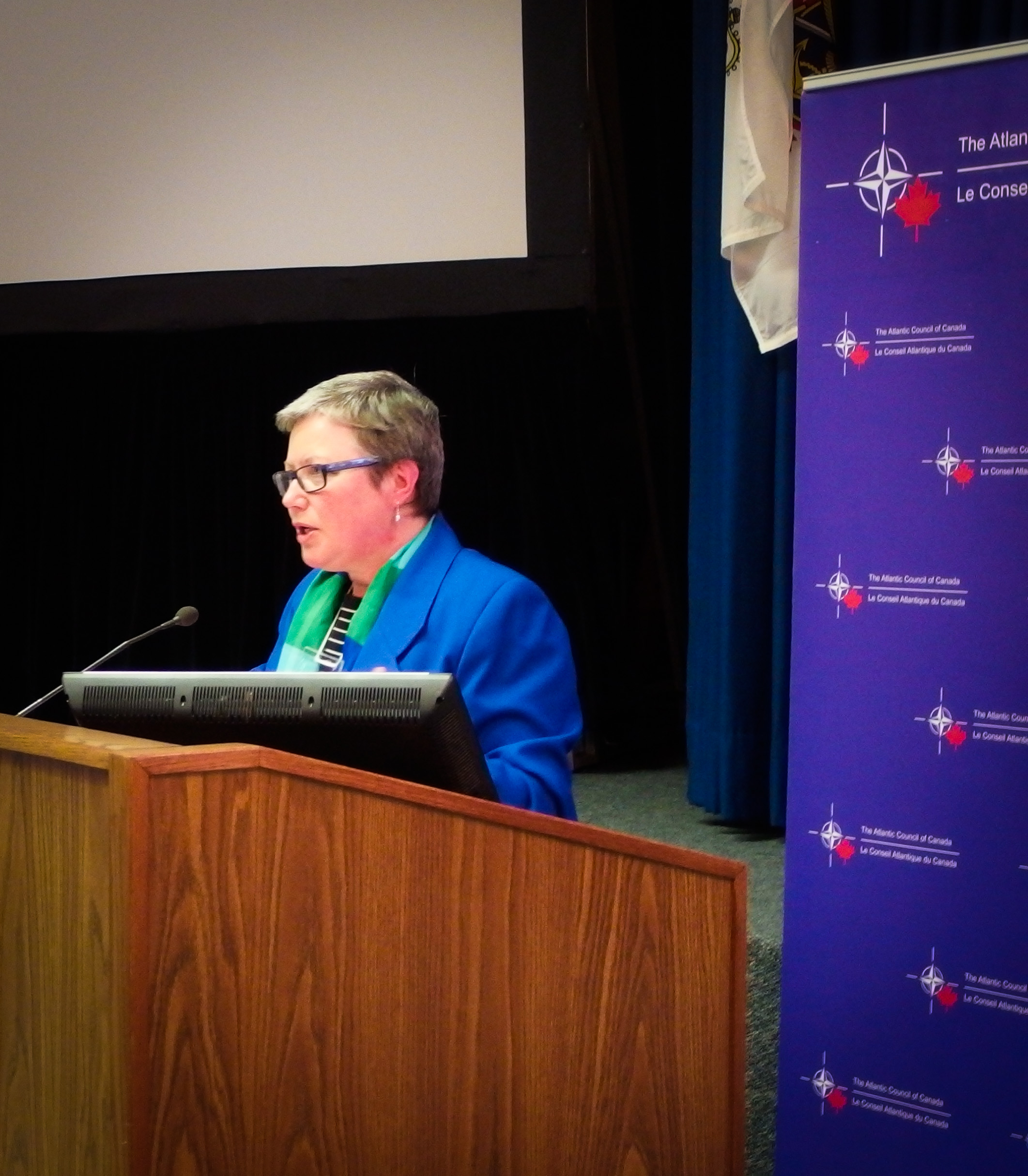Karina Gould, Minister of Democratic Institutions, reiterated support for Canada’s membership in the G7, NATO, Five Eyes and stated that it would be “naïve of us to assume that we are not a target for cyberattack”. Thus, although all the ballots have been counted and Canadians have elected a minority government under Justin Trudeau, in a digital age, the Canadian government must constantly remain vigilant against cyber threats to its democratic processes and effectively thwart all attempts of foreign interference. This article discusses the targets of cyber threats and actions taken by Canada to counter threats leading up to Canada’s recent election by educating voters and political parties and exercising extra precautions whilst engaging with social media.
Fair and open elections are at the heart of the democratic process. However, in 2017, roughly 13% of democratic processes faced cyber threats to their elections, as seen below. As a large democracy in the Western world, Canada is a likely target of cyber threats.

Source: Government of Canada, Canadian Centre for Cyber Security
However, according to Canada’s Communications Security Establishment (CSE), the threat assessment to Canada’s democratic process was considered low. Three targets that cyber “hacktivists” aim to influence were outlined and will be discussed in detailed: voters and the media, political parties and candidates and the elections.
Voters can be influenced through disinformation campaigns, or “fake news”. The accessibility of social media and widespread distribution of unreliable information from various sources can improperly influence voters.
Secondly, political parties, their staff, and their candidates also become targets. As many people running for Parliament rely on the internet during their campaigns, cyber terrorists pose a threat to them too. Coercive actions include threats of distributing private information that would embarrass or discredit a candidate, party leader or party and stealing information from that party’s voter database.
Thirdly, the electoral process itself can be targeted by cyber attackers. Despite the federal election being administered through paper, cyber attackers interfere with elections by preventing voters from registering or voting, stealing their personal information or altering election results. Although electronic voting machines are not connected to the Internet, cyber attackers can find ways to interfere with the collected data. In addition, as the election results are updated in real-time online, cyber attackers can tamper with the displayed information.
As much as it was a responsibility of the Canadian government to ensure best practices in cyber security were adhered to in the run up to the election, the government also shared the onus with fellow Canadians. The following infographic outlines the actions Canada undertook to educate the public and to protect the integrity of its elections.

Source: Government of Canada, Democratic Institutions
By placing the responsibility on Canadians to educate themselves on information sources and encouraging caution on social media, a multilateral approach to stop cyber attackers was adopted. To further educate the public, the Canadian government initiated a national public awareness campaign, called “Get Cyber Safe” and the Digital Citizen Initiative which aimed to inform voters how they can protect themselves against fraudulent information online.
Another protective measure designed to counter foreign tampering in particular, was the creation of the Security and Intelligence Threats to Elections (SITE) Task Force. SITE comprises individuals from Canadian Security Intelligence Service (CSIS), the Royal Canadian Mounted Police (RCMP), Global Affairs Canada (GAC) and Communications Security Establishment (CSE). CSIS is responsible for providing briefings to Elections Canada and the Commissioner of Elections regarding any suspicious activity. RCMP has been tasked with investigating any occurrences of criminal activity throughout the election, as it works in close proximity with other law enforcement organizations. GAC facilitates research on disinformation campaigns and their foreign connections and lastly, CSE provides cyber security advice and protection to all parties involved in the election. Together, their mutual efforts sought to preserve a true, open and fair election.
The last, and perhaps one of the most important measures, given the extent of social media influence in society, concerns engagement with social media platforms. The government encouraged social media platforms to install security processes to filter out disinformation. This measure is particularly significant, as many citizens can and do receive their news through social media.
Overall, these aforementioned practices represent some of the steps taken by the Canadian government to counter and deter cyber threats against the elections and electoral process. Ultimately, an attack to Canada’s elections is an attack to Canada’s democracy, making the defence against cyber attackers all the more paramount. By educating voters and parties, sharing best practices for social media use, and taking additional foreign security measures, Canada sought to adhere to best practices in cyber security. It is evident that the Government of Canada implemented many preventive measures to ensure the integrity of Canada’s democratic process. However, as much as the onus is placed on the Canadian government, the agenda made clear that responsibility must also be borne by Canadians themselves.
Image via Thinkstock
Disclaimer: Any views or opinions expressed in articles are solely those of the authors and do not necessarily represent the views of the NATO Association of Canada.




